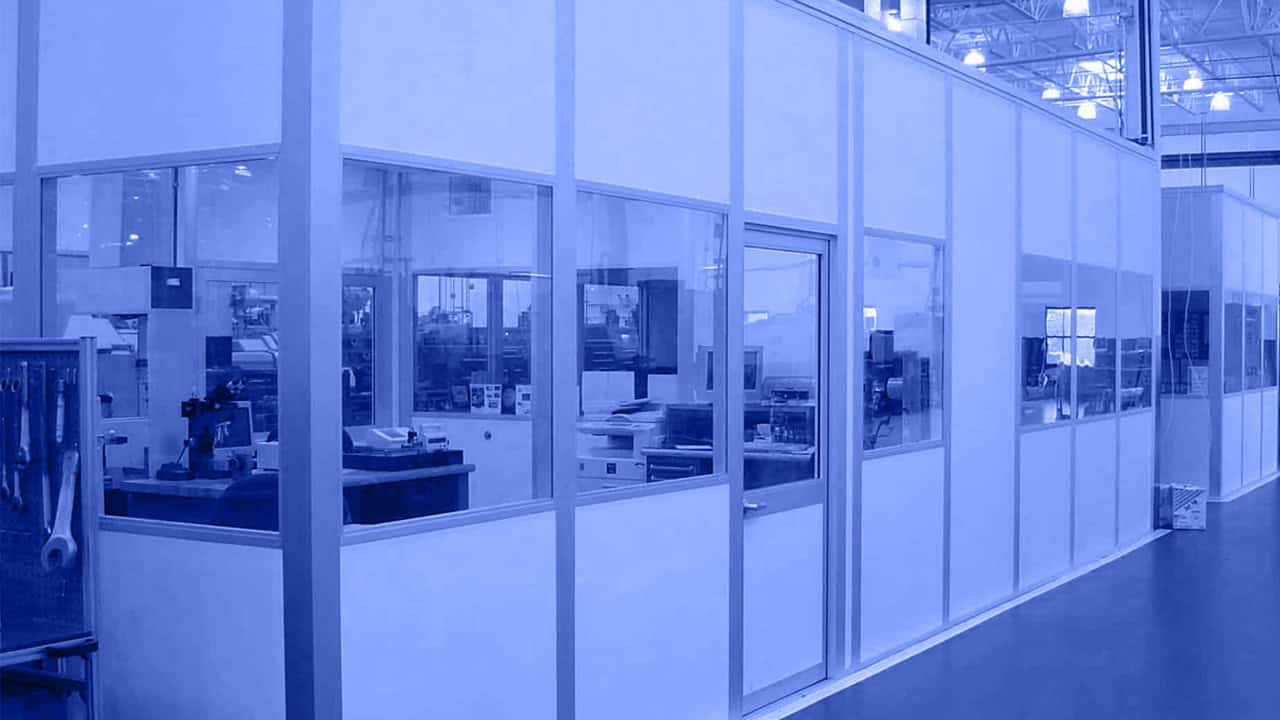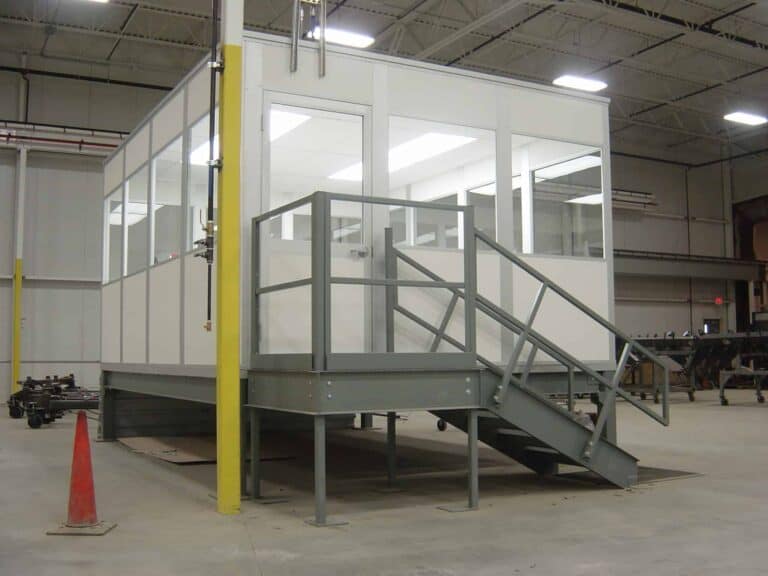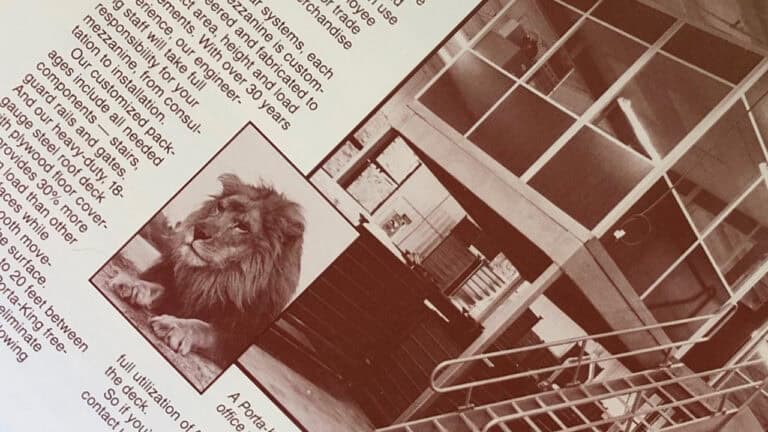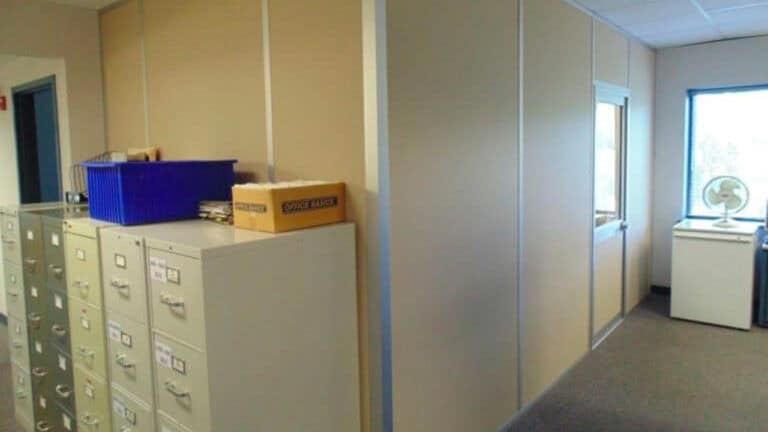The construction industry is changing. From high-resolution digital modeling or Building Information Modeling (BIM) to 3-D printing, industry leaders are redefining the way we conceptualize construction projects. Increasingly, contractors are discovering the advantages of prefabricated and modular construction.
The modular construction market is projected to grow to an estimated 130 billion dollars by 2023.
What is Prefabricated and Modular Construction?
Prefabricated construction refers to the creation of panels or modules in a controlled environment, like a plant or other centralized facility, located away from a construction site. Modular construction refers to the piecing together of prefabricated units on the jobsite. While all modular structures are prefabricated, not all prefabricated structures are modular. Modules, box-like structures built for a variety of applications, are frequently used as an alternative to traditional construction. They can consist of a free-standing structure – sometimes called a portable structure – or an individual unit, such as an office or control room, which is added to other components at the jobsite. Examples of modular construction include control rooms, conference rooms, indoor restrooms, and more.
Statistics Show Why There’s Increased Demand for Off-Site Prefabricated Construction
According to FMI’s Prefab and Modular Construction Survey, over 30% of contractors in the U.S. are implementing modular construction into their commercial projects, and that number is growing every year. In their publication, “A New Era for Modular Design and Construction,” Sabine Hoover and Jay Snyder argue that offsite construction “is emerging as a critical method for delivering products faster, safer and cheaper in today’s labor-constrained E&C [engineering and construction] environment.”
Recent statistics and analysis of the industry’s market share bear this out. The modular construction market is projected to grow to an estimated 130 billion dollars by 2023 at a compound annual growth rate of 7%. This growth is due in part to the increased demand for complex structures at reasonable rates, especially in the field of healthcare and government. Even commercial retailers can benefit from this type of construction. There’s a marked rise in demand for sustainable structures at affordable rates of construction; that’s why the prefab market is projected for growth according to Market Watch.
As leaders in the industry, Porta-King is a believer in the advantages of off-site construction. The benefits are clear: Prefabrication techniques offer speed, quality control, cost advantages, and versatility over traditional construction.
The Benefits of Modular Construction: Speed, Cost, Quality Control and Versatility
1. Speed of Construction and Installation
One major reason construction companies are choosing prefabricated and modular structures is speed of installation. At Porta-King, we build components off-site in a controlled environment, free from weather or other obstacles that commonly interfere with the workflow on construction sites. Weather, in particular, can also have an adverse effect on construction materials that are being stored for later use. By avoiding these obstacles, we are able to reduce production times with more consistent quality in the modular and prefabricated components we produce. Ultimately, this ensures better quality control in the final product. Plus, the speed in which our products can be installed on-site and downtime in the area of construction are both minimalized. Our clients can get back to work much faster than would be possible with conventional construction methods and materials.
2. Cost Benefits to the Client
With reduced build times comes reduced labor cost, a huge advantage to businesses. We’re also able to control material cost, since we have everything we need at the plant. A range of options and the guaranteed quick installation of a prefabricated product provide several cost benefits to clients.
3. Quality Control and Safety
Modular manufacturing, as a process, is one that rates quality control is a top priority. When buildings are designed and assembled in controlled environments, it’s easier to guarantee a high-caliber product. Workers function in a controlled space with every piece of equipment they need right at their fingertips. Since the process resembles manufacturing, processes are measured and predictable. This results in well-built components designed with safety and efficiency in mind.
4. Space-Saving and Versatility
Modular construction is also versatile. Easily installed or dismantled, these structures can be moved or updated as the needs of your facility change. There are space-saving qualities to modular construction as well. At Porta-King, we routinely build mezzanines and modular offices that allow our customers to utilize their space more efficiently.
When Does it Make Sense to Choose Prefabricated Construction?
For industries facing a space crisis, or companies choosing between construction options, there’s an economic decision they need to make: Is modular construction going to be an effective choice for my business? When done right, modular construction can solve many of the problems you face, whether is labor, budget, or space related. While traditional construction methods are costly and time-consuming, prefabricated or modular construction often provides a better solution for industries across the board. The portable and modular buildings and prefabricated components we create give businesses a highly functional and easy to assemble alternative.
As Modular Building Institute Executive Director Tom Hardiman puts it, “No one would question how we build cars today. It would be comical to have all the parts delivered to your driveway with a dozen workers to build it. Yet we build our homes, schools and offices in this inefficient and wasteful manner every day.” Porta-King agrees that it’s time to change the script.
Porta-King Offers Innovative Design and a Proven Track Record
Since our inception we have responded to our customers by introducing many “industry firsts” to address developing trends in the modular and prefabricated construction industry. This includes new products and modifications to existing products, which includes adaptation to address new building and energy code requirements.






